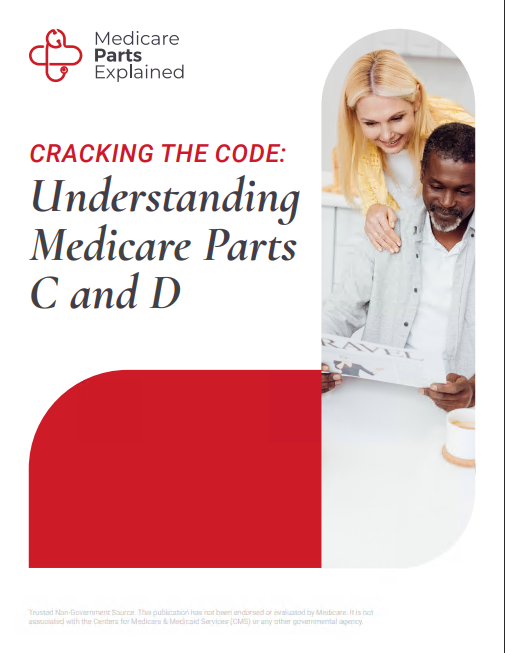
Introduction to Medicare Advantage Enrollment
Enrolling in a Medicare Advantage plan is an important decision that can significantly impact your healthcare coverage and access to services. Understanding the enrollment process and eligibility requirements is crucial for beneficiaries to make informed decisions about their healthcare options. In this guide, we’ll explore the enrollment process and eligibility requirements for Medicare Advantage plans, providing valuable insights for individuals considering enrollment.
Overview of Medicare Advantage Enrollment Periods
Medicare Advantage plans have specific enrollment periods during which beneficiaries can sign up for coverage or make changes to their existing plans. These enrollment periods include:
- Initial Enrollment Period (IEP): The IEP is the seven-month period that begins three months before the month of your 65th birthday, includes the month of your birthday and ends three months after your birthday month. During this period, you can enroll in a Medicare Advantage plan for the first time if you’re eligible for Medicare.
- Annual Enrollment Period (AEP): The AEP, also known as the Open Enrollment Period, occurs each year from October 15th to December 7th. During this period, beneficiaries can switch Medicare Advantage plans, switch from Original Medicare to a Medicare Advantage plan, or vice versa.
- Special Enrollment Period (SEP): The SEP allows beneficiaries to enroll in or make changes to their Medicare Advantage plans outside of the standard enrollment periods under certain qualifying circumstances, such as moving to a new area, losing other coverage, or qualifying for Extra Help with prescription drug costs.
Understanding these enrollment periods and their respective deadlines is essential for beneficiaries to ensure timely enrollment in Medicare Advantage plans.
Eligibility Requirements for Medicare Advantage
To be eligible for Medicare Advantage plans, beneficiaries must meet the following criteria:
- Be enrolled in both Medicare Part A (hospital insurance) and Part B (medical insurance).
- Live in the service area of the Medicare Advantage plan you wish to join.
- Not have end-stage renal disease (ESRD), with limited exceptions.
Most beneficiaries become eligible for Medicare Advantage plans when they first become eligible for Medicare at age 65. However, eligibility criteria may vary depending on individual circumstances, so it’s essential to confirm eligibility before enrolling in a plan.
Enrolling in a Medicare Advantage Plan
There are several ways to enroll in a Medicare Advantage plan:
- Online: Many Medicare Advantage plans offer online enrollment through their websites. Beneficiaries can visit the plan’s website, browse available plans, and complete the enrollment process online.
- Phone: Beneficiaries can also enroll in Medicare Advantage plans by calling the plan’s customer service hotline and speaking with a representative who can assist with the enrollment process.
- Paper Application: Some beneficiaries may prefer to enroll in a Medicare Advantage plan by completing a paper application and submitting it by mail. Paper applications are typically available on the plan’s website or by request.
Regardless of the enrollment method chosen, beneficiaries should carefully review plan options, compare benefits and costs, and ensure that their preferred healthcare providers are included in the plan’s network before enrolling.
Considerations for Choosing a Medicare Advantage Plan
When selecting a Medicare Advantage plan, beneficiaries should consider the following factors:
- Plan Type: Medicare Advantage plans come in different types, including Health Maintenance Organization (HMO) plans, Preferred Provider Organization (PPO) plans, Private Fee-for-Service (PFFS) plans, and Special Needs Plans (SNPs). Each plan type has its own features, costs, and rules, so it’s essential to choose a plan type that aligns with your healthcare needs and preferences.
- Coverage and Benefits: Review the benefits offered by each Medicare Advantage plan, including prescription drug coverage, vision care, dental care, and additional benefits such as wellness programs and telehealth services. Ensure that the plan provides coverage for the medications and services you need.
- Cost: Consider the costs associated with each Medicare Advantage plan, including monthly premiums, deductibles, copayments, and coinsurance. Compare the total out-of-pocket costs of different plans to determine which plan offers the best value for your budget.
- Provider Network: Check whether your preferred healthcare providers, including doctors, specialists, hospitals, and pharmacies, are included in the plan’s network. Using in-network providers can help minimize your out-of-pocket costs and ensure access to quality care.
By carefully evaluating these factors and comparing different Medicare Advantage plans, beneficiaries can choose the plan that best meets their healthcare needs and budget.
Conclusion: Making Informed Choices About Medicare Advantage Enrollment
Understanding the enrollment process and eligibility requirements for Medicare Advantage plans is essential for beneficiaries to make informed decisions about their healthcare coverage. By familiarizing themselves with the enrollment periods, eligibility criteria, and enrollment options available, beneficiaries can navigate the Medicare Advantage landscape with confidence and enroll in a plan that meets their healthcare needs and preferences. By considering factors such as plan type, coverage and benefits, cost, and provider network, beneficiaries can select a Medicare Advantage plan that offers comprehensive coverage, affordable costs, and access to quality care. Ready to learn more about Medicare eligibility and enrollment? Download our comprehensive eBook or connect with licensed insurance agents specializing in Medicare for assistance.



